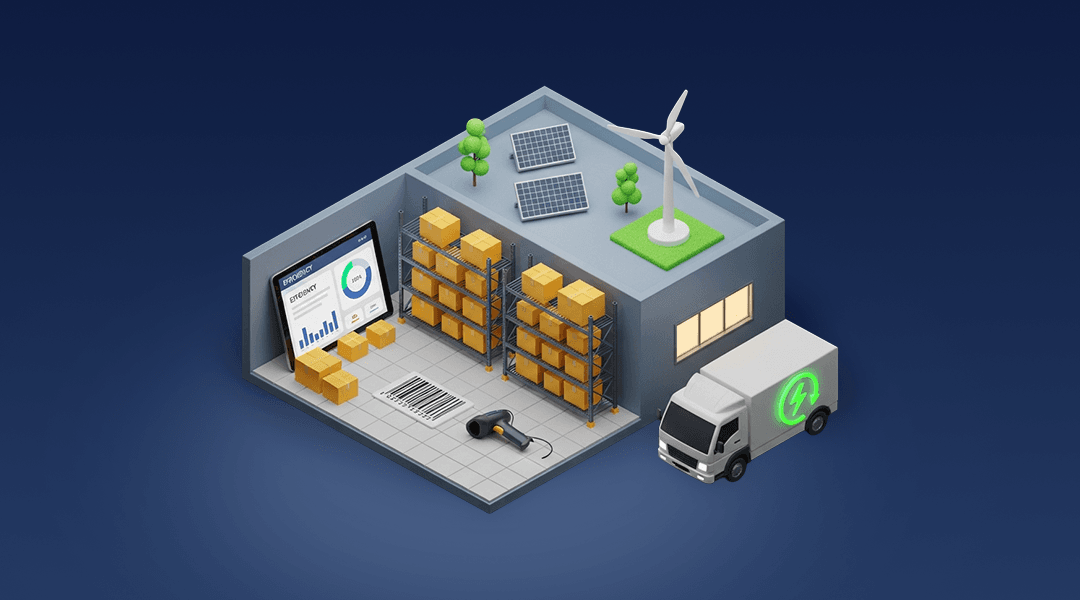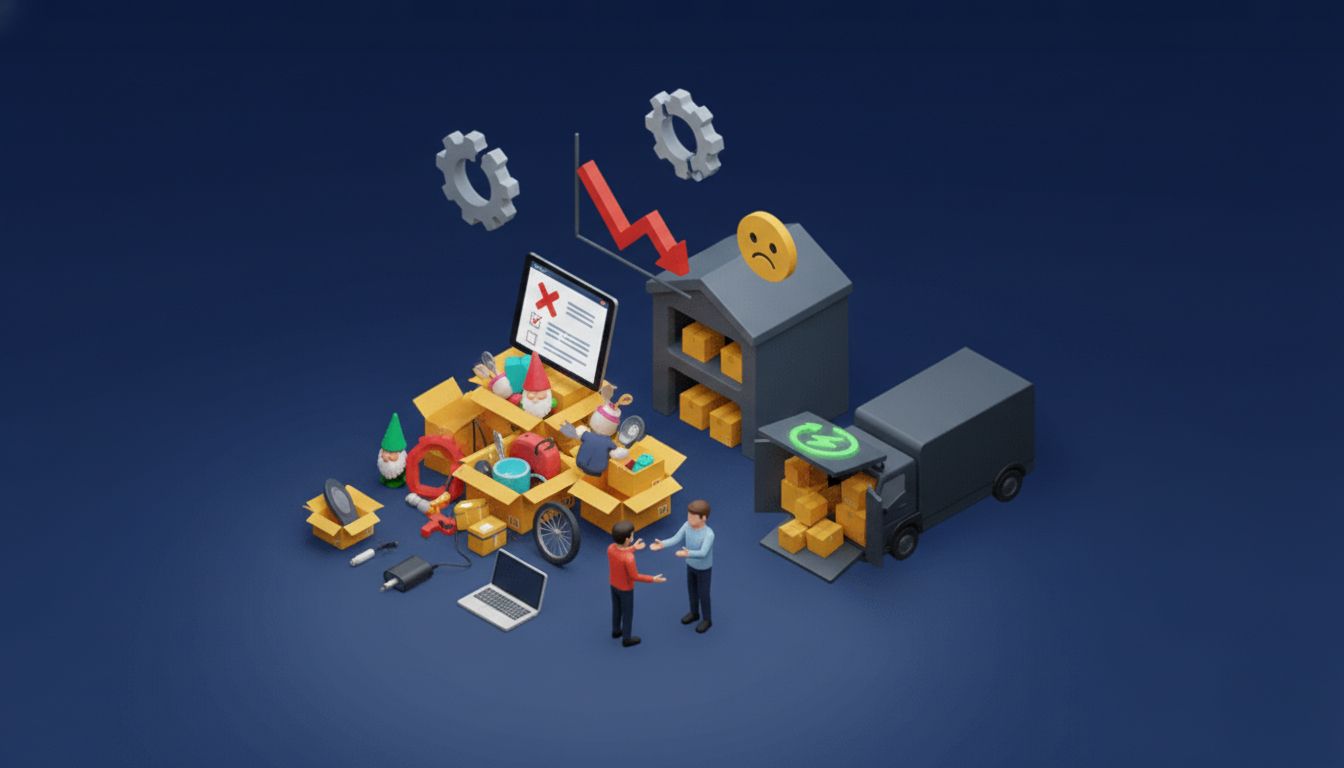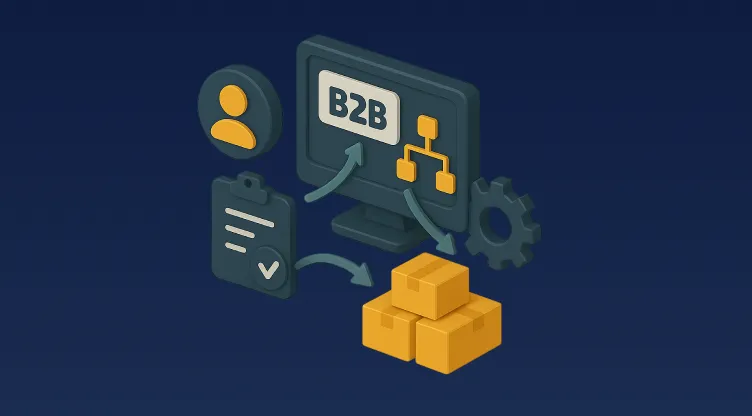Plug & Play Shipping Apps: How Smart Integrations Like ShipStation Transform Label Creation and Tracking
Table of Contents
Snapshot You Shouldn’t Miss
- Set up shipping solutions in minutes, not months.
- Create labels and track shipments automatically.
- Save money with carrier rate shopping features.
- Improve customer satisfaction with real-time updates.
- Scale easily across multiple sales channels and warehouses.
Why the MENA Region Needs Faster Shipping Tools
Today’s customers expect orders to arrive faster than ever. Same-day and next-day delivery are no longer luxury services — they are basic expectations. For businesses in the MENA region, logistics is even more complex. Rapid urbanisation, cross-border trade, and hyperlocal delivery models push the limits of traditional fulfilment systems.
That’s where plug-and-play shipping apps step in. They eliminate the long, expensive integrations businesses once needed. Instead, companies can automate shipments, create labels, and update tracking details with just a few clicks.
Solutions like ShipStation show how powerful a simple integration can be. You can connect your order management system (OMS) and manage hundreds of shipments without adding more manual work.
What Does "Plug & Play" Mean in Shipping?
Plug and play is exactly what it sounds like. It means installing a tool quickly, without needing custom software development. No endless coding. No months of waiting.
In shipping, plug tech apps connect with:
- Order management systems
- E-commerce stores (like Shopify, Amazon, Noon, Salla)
- Warehouses and fulfilment centres
- Carrier partners (like Aramex, DHL, FedEx)
Once set up, the shipping app can:
- Generate shipping labels
- Assign carriers
- Send real-time tracking numbers
- Update customers automatically
This frees up your operations team to focus on scaling — not paperwork.
How Plug-and-Play Shipping Apps Work with Order Management Systems
An order management system (OMS) keeps track of orders, inventory, and fulfilment workflows. Shipping apps act like a bridge. They take orders from the OMS, automate the shipping process, and ensure tracking numbers flow back into the system.
Here’s a simple view of the process:
- Customer places an order on your website.
- The OMS captures the order.
- The shipping app selects the best carrier based on cost, location, or delivery speed.
- A shipping label is generated.
- Tracking information is shared instantly with both your team and the customer.
Platforms like Omniful already offer native integrations with major shipping providers, using this plug-and-play approach.
Why Plug & Play Shipping is a Game-Changer
Saves Time
Manual label creation wastes hours daily. Plug-and-play solutions create hundreds of labels with a few clicks, even for multiple warehouses.
Reduces Costs
Shipping apps compare courier rates instantly. You pick the cheapest, fastest, or most reliable options — no need for separate contracts with every carrier.
Improves Customer Satisfaction
Customers expect tracking updates right after they place an order. Plug-and-play apps push real-time updates automatically, reducing "Where's my order?" calls.
Increases Scalability
Whether you add 1 warehouse or 10, plug-and-play apps scale fast. No expensive custom setups needed for every new location.
Core Features You Should Expect
When choosing a plug-and-play shipping app like ShipStation or Omniful’s shipping gateway, here’s what you should check for:
- Multi-Carrier Access: Integrates with local and international shipping companies.
- Batch Label Printing: Generate labels for hundreds of orders at once.
- Automated Carrier Selection: Set rules based on price, speed, destination.
- Custom Branded Labels: Add your logo and branding to tracking pages and emails.
- Cross-Border Ready: Handles customs paperwork and international shipping complexities.
- Real-Time OMS Syncing: Orders, labels, and tracking info updated automatically.
- Return Management: Support for reverse logistics, essential for customer happiness.
Solutions in MENA like Omniful have integrated such features, tailored for Saudi Arabia, UAE, and regional logistics needs.
Practical Example: Before and After Using Plug & Play Shipping
Before: A small retailer in Riyadh handled shipping manually.
- Team printed every label by logging into courier portals one by one.
- They emailed tracking numbers manually.
- Carrier mistakes caused frequent delays.
- Customer satisfaction scores were dropping.
After Plug & Play:
- Orders from Shopify and Amazon auto-imported into the shipping app.
- Labels auto-generated based on cheapest carrier rule.
- Tracking links sent automatically.
- Dispatch times reduced by 60%.
- Return rates improved by offering better shipment visibility.
The result? The retailer expanded into Dubai within six months, with no additional logistics staff.
Choosing the Best Plug-and-Play Shipping App for Your Business
Not all plug-and-play solutions are created equal. Here’s what you should consider:
| Feature | Why It Matters |
|---|---|
| Carrier Choices | More options mean better pricing and coverage. |
| Automation Rules | Less manual work, more consistency. |
| Real-Time OMS Integration | Prevents order delays and tracking issues. |
| Multi-Warehouse Support | Essential for scaling across regions. |
| Easy Setup | Time is money. Fast onboarding is a must. |
| Customer Communication Tools | Keep customers informed effortlessly. |
ShipStation and Omniful both offer leading setups in these areas — but Omniful adds local MENA-specific advantages like Aramex integrations.
Key Advantages for MENA Businesses
Plug-and-play shipping apps bring special benefits to businesses operating in the Middle East and North Africa:
- Better Cross-Border Handling: Simplified customs paperwork for GCC countries.
- Hyperlocal Delivery Support: Ship within cities like Riyadh, Jeddah, Dubai faster.
- Arabic Language Support: Easier onboarding for staff.
- Multi-Currency Billing: Manage different currencies across different countries.
These features allow businesses to deliver Amazon-like experiences without Amazon-scale budgets.
Future of Plug & Play Shipping in MENA
The future belongs to businesses that can move fast without heavy technical overheads. With Saudi Arabia's Vision 2030 pushing massive growth in e-commerce and logistics, plug-and-play shipping tools will become essential.
Expect to see:
- AI-enhanced shipping decisions.
- Predictive delivery estimates.
- Even smarter carrier selection engines.
- Instant returns processing.
- Integrated loyalty programs tied to delivery satisfaction.
Companies that adopt smart shipping early will dominate the next wave of commerce in the MENA region.
Frequently Asked Questions
Can plug-and-play shipping apps handle international orders?
Yes, most leading apps automate customs forms and cross-border tracking.
Are plug-and-play shipping apps expensive?
No, most operate on affordable monthly plans or per-shipment fees.
Is it difficult to connect a shipping app to my order management system?
It takes just minutes if the app has pre-built integrations.
Do these apps support multiple sales channels?
Absolutely. Good shipping apps integrate with Shopify, WooCommerce, Amazon, Noon, and more.
What happens if I scale my operations?
Plug-and-play apps are built to scale. You can add warehouses, brands, and countries without hassle.
Conclusion: Simplify Your Shipping, Accelerate Your Growth
In the world of modern retail, logistics is the battleground. Customers judge brands based on delivery speed, tracking clarity, and smooth returns.
Plug-and-play shipping apps like ShipStation — and regional powerhouses like Omniful — empower businesses to deliver excellence without drowning in complexity.
If you want faster deliveries, lower costs, and happier customers, the time to embrace plug and play shipping is now.
Make your shipping smarter today.























